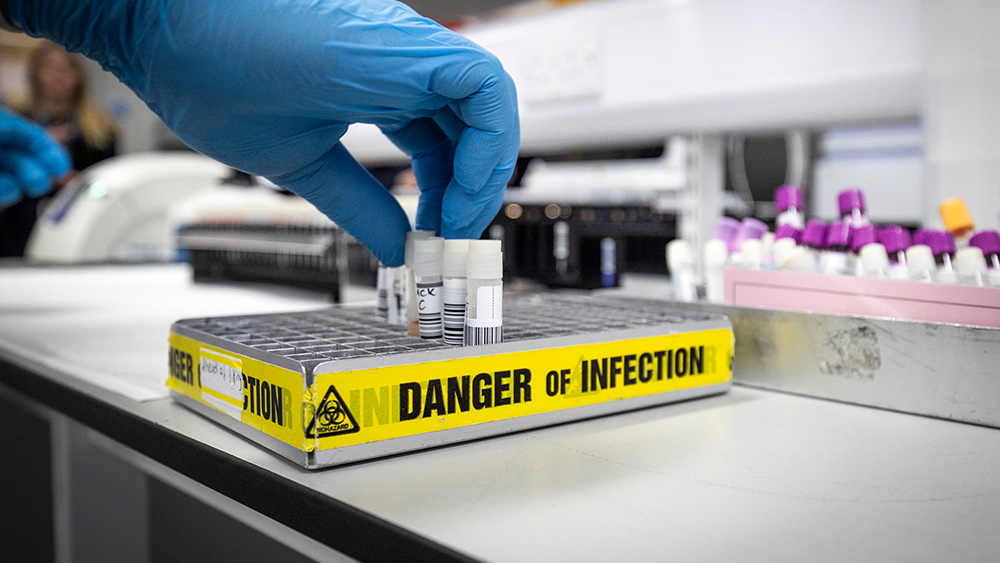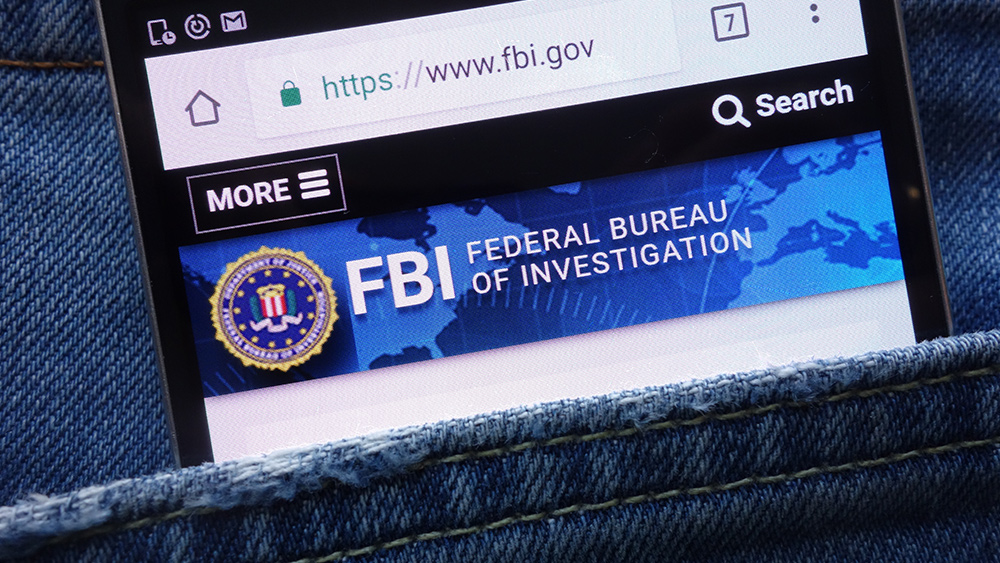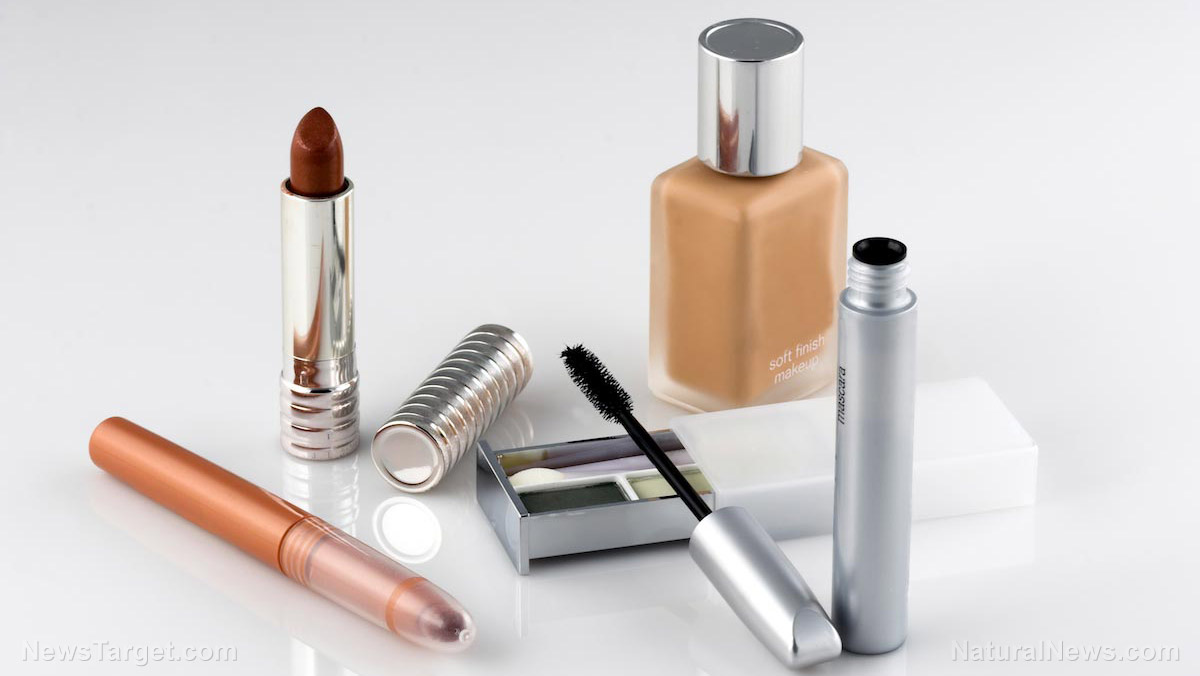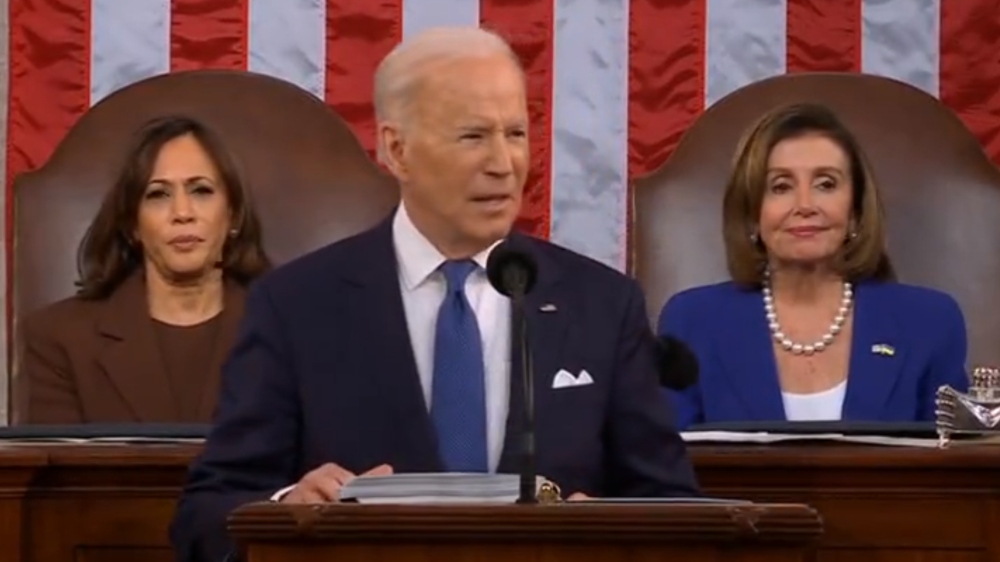Warning labels have become far too common to be taken seriously by consumers
07/25/2023 / By Arsenio Toledo
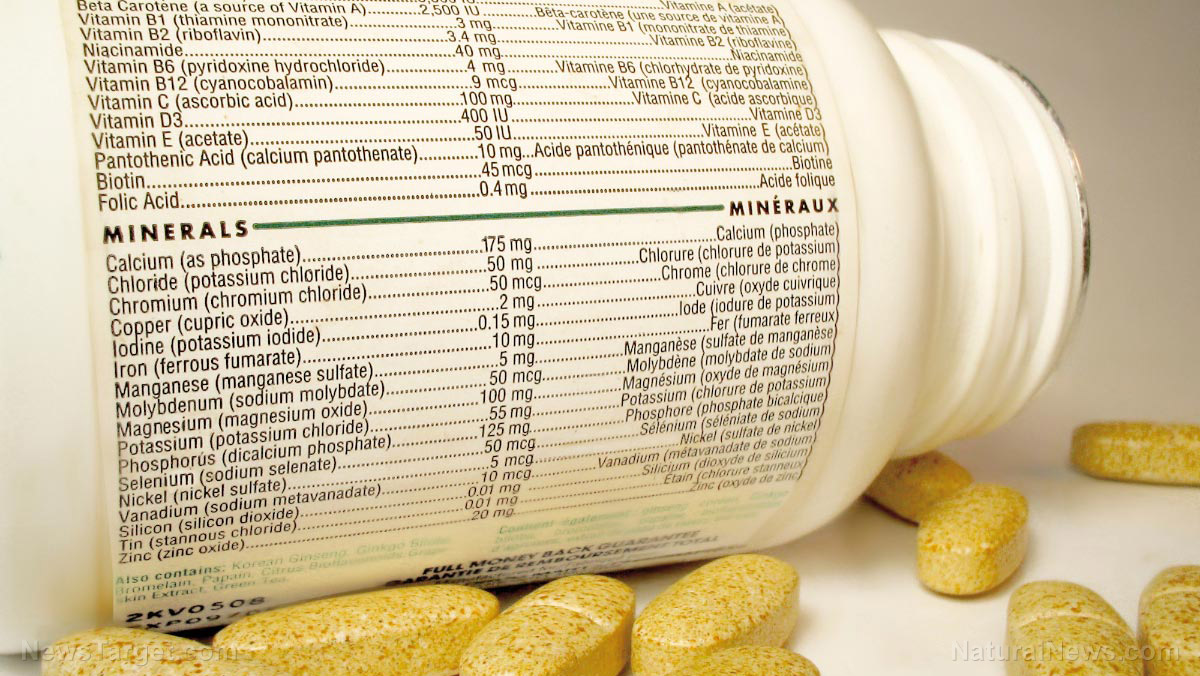
Warning labels, which are supposed to inform consumers about the potential risks of using certain products, have become far too common to be beneficial. Experts and multiple studies have found that putting warning labels on every single product desensitizes consumers to the alleged dangers these labels are meant to inform people of.
Warning labels have been in use in consumer products since at least 1927, when the government passed the Federal Caustic Poison Act requiring warnings when products may expose people to certain immediate, toxic hazards. Over a decade later in 1938, food and drug warnings were required following the Food, Drug and Cosmetic Act.
“Warning labels really were fairly rare until the 1960s,” said W. Kip Viscusi, professor of law, economics and management at Vanderbilt University in Nashville. “Beginning in the mid-1960s, cigarettes started to have a warning label. Since that time, other products have followed suit, trying to emulate the cigarette experience.” (Related: Warning labels on CIGARETTES now changed to cover for COVID vaccine-induced deaths claiming “small amounts” of SMOKE trigger “sudden blood clots, heart attacks and strokes.”)
Warning labels for less dangerous concerns minimizing impact of those for serious threats
The impact of warning labels may have started taking a downturn in the 1980s, when warning labels started being required for less immediate and often far less substantial risks. Decades of using warning labels have led to the present day where their impact has become negligible.
“One of my main complaints about warnings is that they’ve become ubiquitous,” said Viscusi. “There’s a tendency to say things are risky [and] slap a warning on it, and that tends to dilute the impact of the other warnings that are out there. So, if everything in the supermarket is labeled as dangerous, you don’t know what to buy.”
In an article published in the Harvard Business Review in 2016, Viscusi, along with co-authors Lisa A. Robinson and Richard Zeckhauser, compared the current situation to “wolves” and “puppies.”
“Wolves are rarely seen, but may eat your sheep,” they wrote. “Puppies occasionally nip, but when they do, the results are rarely serious. The problem with our present warning system is that it shouts ‘Danger!’ for both wolves and puppies.”
“Such a system is of little value; people quickly learn to ignore warnings since they encounter vastly more puppies than wolves,” they continued. “The result is that when a wolf is truly present, people pay little heed.”
Warning labels must be last option in products
Oriene Shin, policy counsel at Consumer Reports, noted that when it comes to making sure consumers are safe, warning labels should be the very last resort that companies turn to.
“In general, warning labels by themselves [are] just not effective,” she said. “They really need to be coupled with safe design.”
Shin, the people at Consumer Reports and other consumer protection advocacy organizations want corporations to create their products in such a way that is meant to eliminate as much risk as possible to the consumer. And when this is no longer possible, minimize it by designing safeguards into the product, such as lawnmowers that only start when a lever is pulled and a button is pressed rather than only requiring one of those procedures.
When all other resources for minimizing risk to the consumer have been used, the last line of defense should be the warning label.
“I have probably seen hundreds of warning labels in the last week alone, and we probably don’t remember any of them,” said Shin. “And that’s the problem with just relying on warning labels. [They’re] the icing on the cake rather than the end-all-be-all.”
Learn more about government regulation of products at Products.news.
Watch this video of food scientist Dr. Darren Wayne discussing the true meaning behind the “non-GMO” labels in food.
This video is from the channel The 100% Clean Food Lifestyle on Brighteon.com.
More related stories:
Genetically engineered salad greens coming to grocery stores – and they won’t be labeled.
Biden FDA proposed ban on off-label uses of medications, not just ivermectin, worries US doctors.
Sources include:
Submit a correction >>
Tagged Under:
consumer behavior, consumers, Dangerous, deception, food police, food supply, grocery, product labels, product risk, product safety, products, warning labels
This article may contain statements that reflect the opinion of the author
RECENT NEWS & ARTICLES
COPYRIGHT © 2018 DECEPTION.NEWS
All content posted on this site is protected under Free Speech. Deception.news is not responsible for content written by contributing authors. The information on this site is provided for educational and entertainment purposes only. It is not intended as a substitute for professional advice of any kind. Deception.news assumes no responsibility for the use or misuse of this material. All trademarks, registered trademarks and service marks mentioned on this site are the property of their respective owners.


